Most residents of Budapest have heard or read about the Merzse Swamp. Still, few know the true extent of the treasures it hides. The swamp and its surroundings are part of a Pliocene alluvial cone created by the Danube. The terraced nature of the land service is caused by the sand, mud and gravel deposited in the area, and is typical of the whole Pest bank.
Groves formed on the smaller sandy, loess ridges, while swamps the deeper valleys and drainage areas turned into swamps. The present-day 27-hectare protected Merzse Swamp fills such a valley, between the hill-lines of Ferihegy and Rákoskert, where the mud and clay being formed to this day settle on this sandy-gravel surface. It is this clay that ensures the swamp's survival.
Unfortunately, farmland now surrounds the swamp. Due to the drainage canals, the water supply of the undisturbed area has been greatly reduced, and the surface water level fluctuates massively. At least natural protection has ensured the survival of the remaining natural value since 2003 – when the rehabilitation of the habitat was completed. The word Merse may originate from a Slavic male name. However, there is no definitive evidence to support this.
Footpaths are the only way to access the area, while dirt roads to run close by. Visitors can catch a train from Keleti Railway Station towards Sülysáp and get off at the Rákoskert station. A botanical trail runs from the station to the marsh marked with a green frog. Looking over the valley in clear weather, hikers will see the control tower of Ferihegy Airport. The 6 km green botanical trail marked with a frog guides visitors to the most beautiful parts.
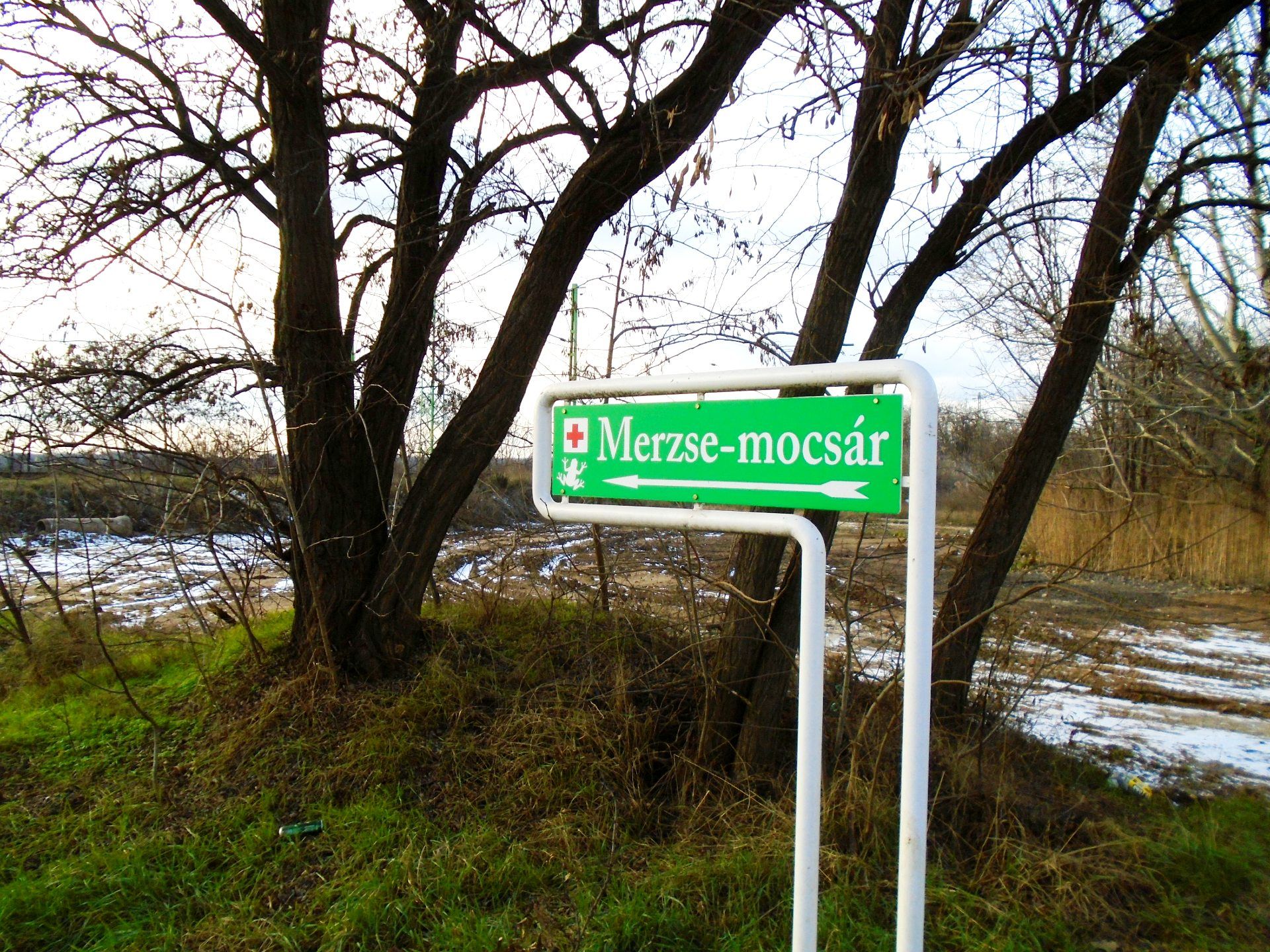
The botanical trail begins at the railway station (Photo: László Braun)
The area is quite popular, especially among locals, so don't expect the trail to be empty. The main sight is Nagy-Merzse, where the open water surface of the swamp can be found. The Gyolcs meadow spreads northwest, and Kis-Merzse can be found slightly further to the north. These three locations form the protected area.
The swamp is mainly known for its bird population, which is why it sometimes features in the news. Previously, there was a birdwatching hut on the shore, which has now been demolished but visitors can climb a lookout tower to see the surrounding lands.
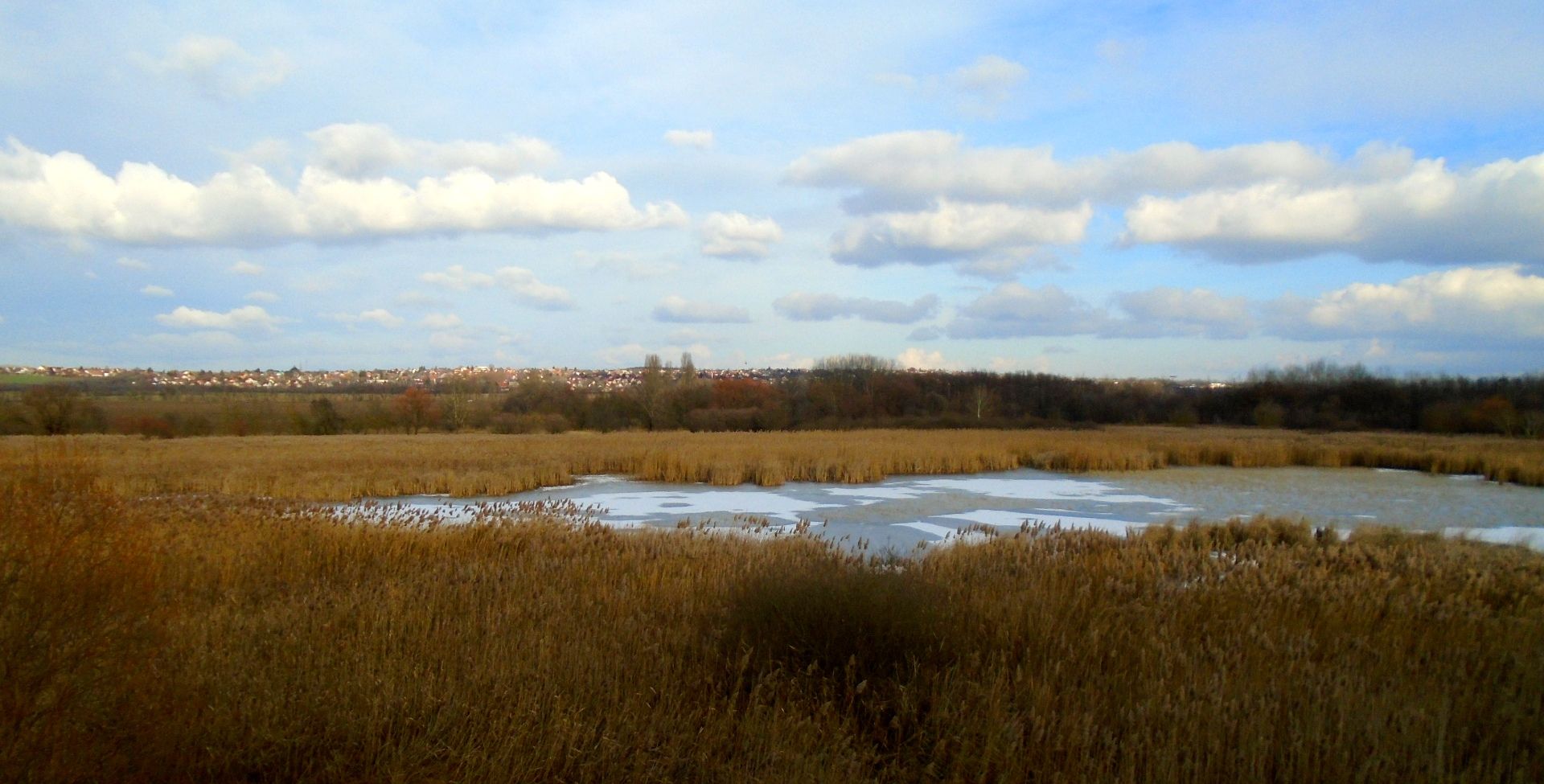
The swamp from the lookout tower (Photo: László Braun)
The Hungarian Ornithological Society often carries out habitat management to maintain the area. The swamp houses several interesting plants, beyond its diverse wildlife. The open water is surrounded by reeds, sedges, sometimes cattails. Further from the water cottonwood and willow bush forests flourish – patches of Molina grow in the damper areas.

The marsh and cottonwood-willow bush forest (Photo: László Braun)
This diverse flora is home to a large number and variety of birds. A few western marsh harriers nest here regularly. Other noteworthy species are the bearded reedling, the great reed warbler, the moorhen, and the Eurasian bittern. These species are easily spotted in and around the open surface water.
At the time of our visit, a local resident was adamant that a mute swam also visited the area often. There is no data to support this, but the birds may stop to rest when flying over the area. However, grey herons are frequent visitors to the swamp. Closer to the shore, European bee-eaters, cuckoos, Eurasian hoopoes, and red-backed shrike thrive in the vegetation. Similarly, the common nightingale, known for its wonderful songs, the Eurasian sparrowhawk – which happily feeds on pigeons – and the most well-known Hungarian bird of prey, the common buzzard all visit the area. Pheasants and grey partridge also live in the swamp as do common kestrels.
Kestrels indicate a large rodent population – which is unsurprising given the surrounding farmlands and vegetable gardens. Budapest's largest population of pond turtles are also said to live in the area. Amphibians are varied as well: smooth newts, northern crested newts, European tree frogs and European spadefoot toads have all been found by zoologists.
The grass snake, sand lizard, and green lizard can also find food and shelter here. Surprisingly, Merzse also houses badgers, deer, foxes, and even weasels despite its small size. Sadly, the area is highly developed, and as a result, the swamp is not connected to any other forests.
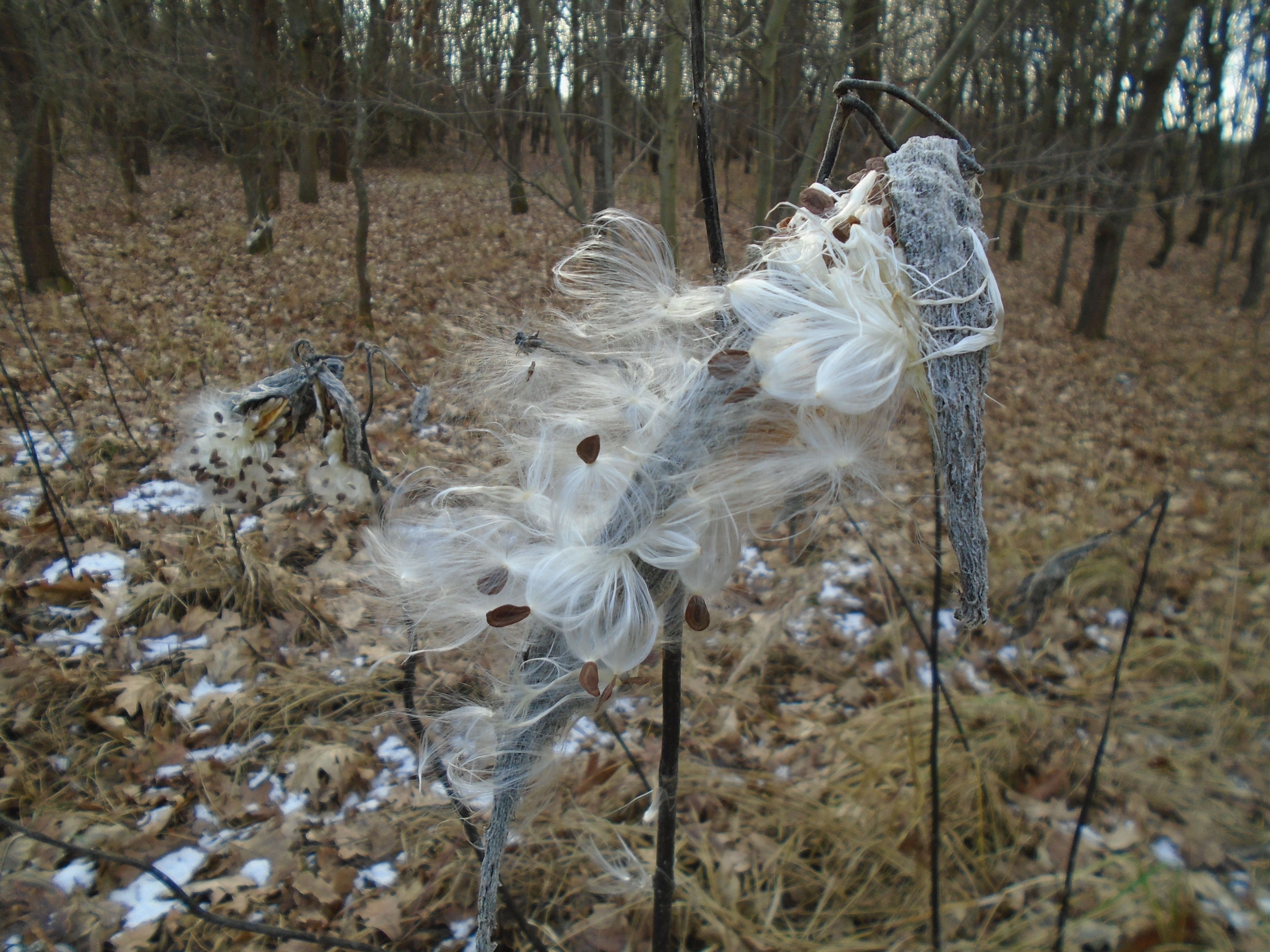
Alien milkweed in a grove forest (Photo: László Braun)
Beyond noting the newly thriving invasive species (such as milkweed and Canada goldenrod), Centaurea sadleriana, common cottongrass, and lax-flowered orchids should be mentioned from the diverse flora. But visitors may find fragrant orchids, early marsh orchids, and the stunning yellow iris in the spring.
The list above shows that the Merzse Swamp is rightfully one of Budapest's most protected natural gems. The detailed educational botanical trail and information boards provide an excellent "live" presentation of the details above.
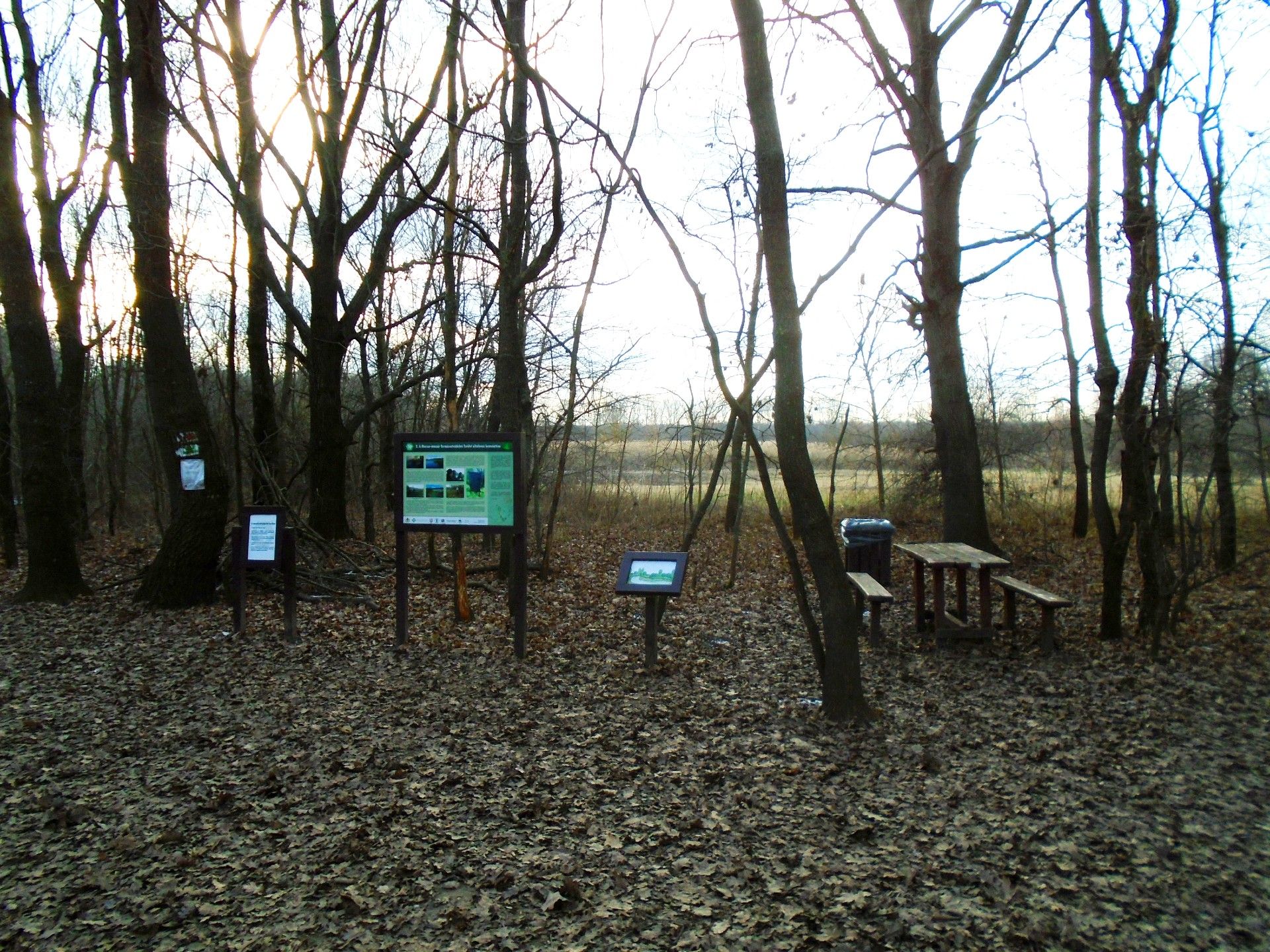
Beautiful information boards line the trail (Photo: László Braun)
Luckily, the storms of history have swept over this small area without causing much harm. This small habitat is indeed a memento of the past in the urban Budapest of the present. Visitors interested in architecture can visit the Reformed Church designed by Makovecz, currently under construction on Strázsa Hill in Rákoskert, and clearly visible from the lookout tower in the swamp. The lovers of a different type of flight can visit Ferihegy Airport, which is also nearby.
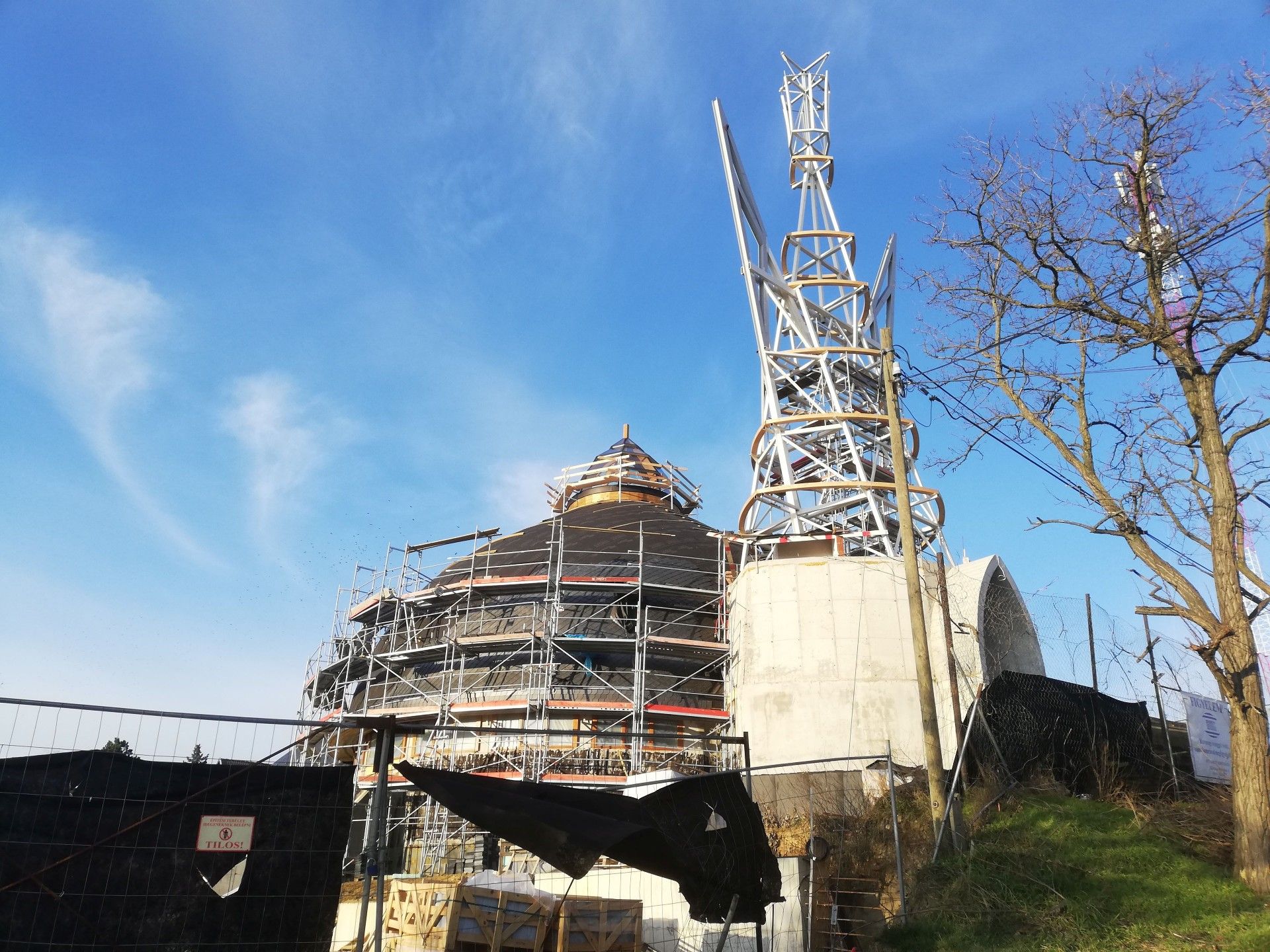
The church being built on Strázsa Hill in January 2021 (Photo: László Braun)
Sources: Hungarian Ornithological Society, Association of Hungarian Conservationists, Rákosmente website
Cover photo: Merzse Swamp (Photo: László Braun

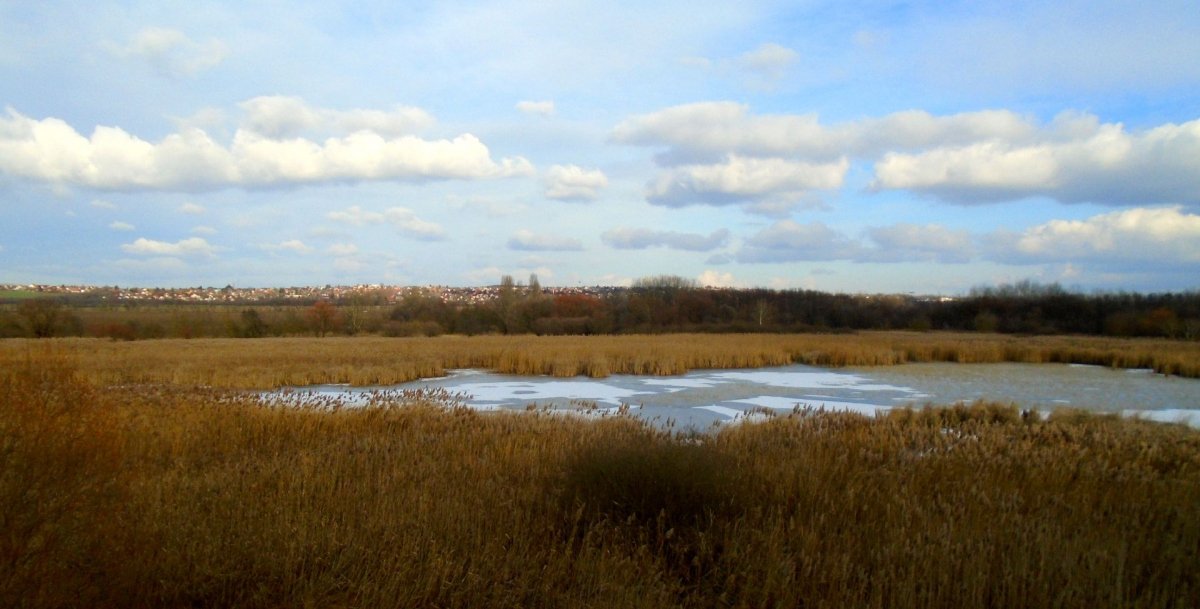

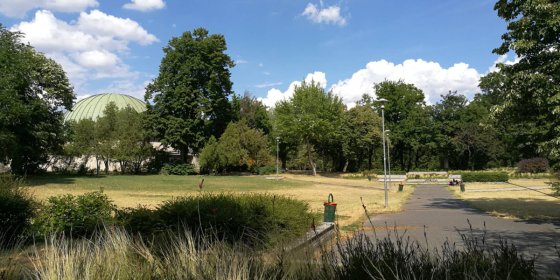
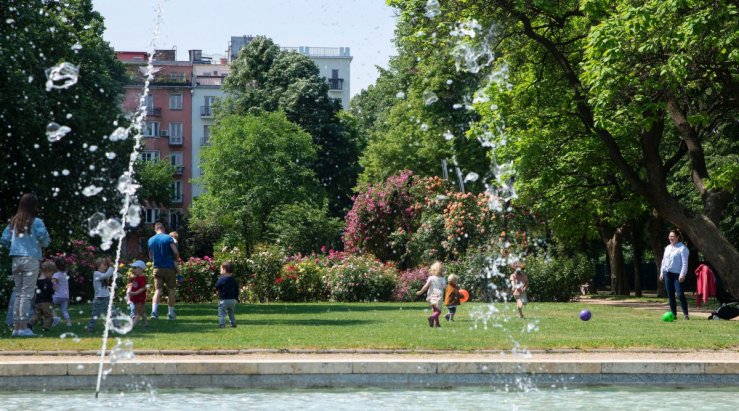
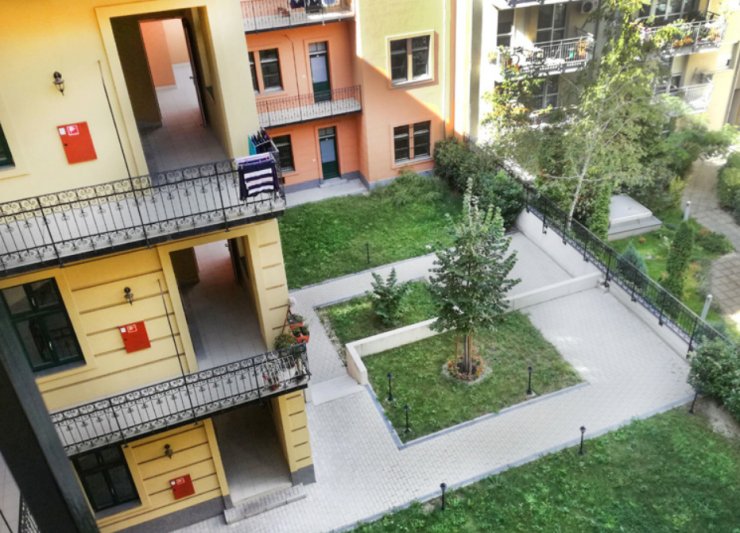

































Hozzászólások
Log in or register to comment!
Login Registration